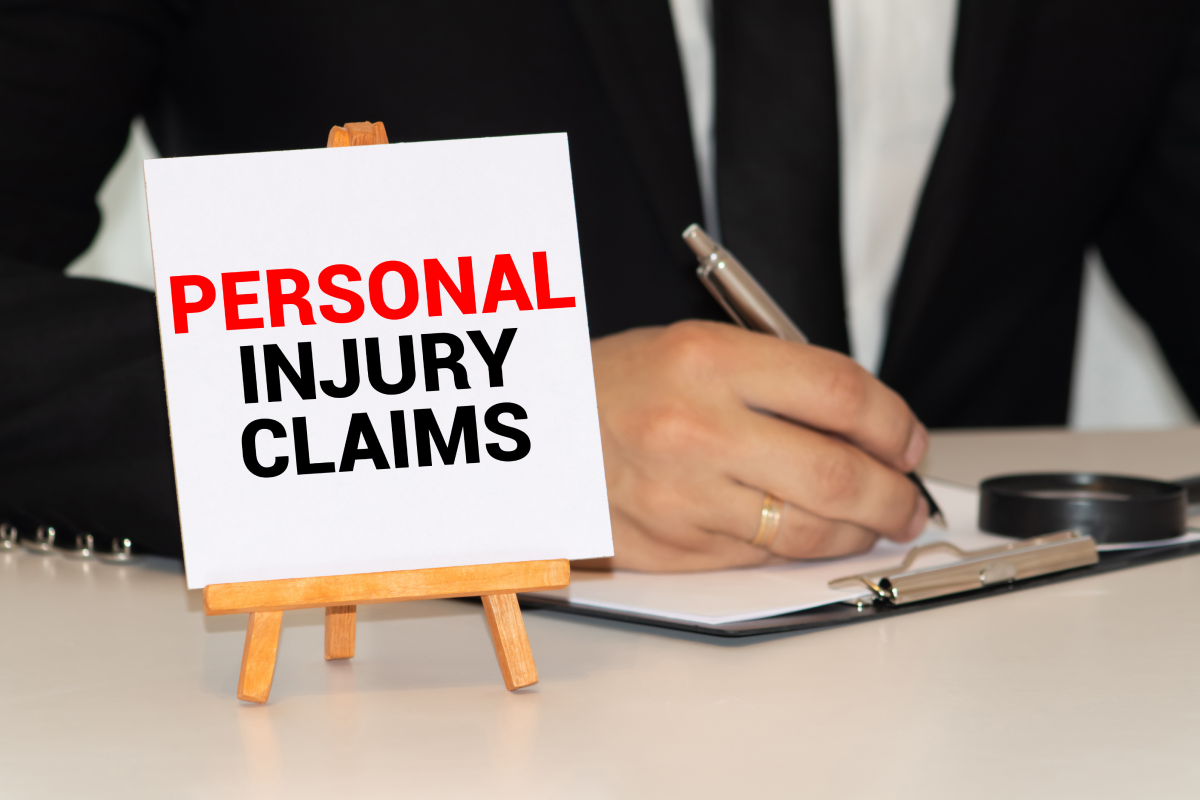A place of relaxation, sun-soaked days, and the refreshing scent of the sea. Spending time at the beach is a popular recreational activity for millions of people around the world. However, like any outdoor activity, accidents and injuries can occur. In this article, we will analyse the prevalence of beach-related incidents leading to personal injury claims and provide relevant statistics.
Statistics on Beach-Related Incidents:
According to the US Consumer Product Safety Commission (CPSC), approximately 39,000 individuals were treated in emergency departments for beach-related injuries in 2019 alone. This data emphasizes the need to address beach safety and minimize the risks associated with beach-related activities.
Types of Beach-Related Incidents:
- Drowning or Near-Drowning: Statistics show that drowning is one of the leading causes of death in beach-related incidents. It is essential for beachgoers to understand the dangers associated with swimming in rough waters or without proper supervision. Lifeguards play a crucial role in preventing such incidents.
- Slip and Falls: Slip and fall accidents can occur due to various factors such as wet or uneven surfaces, poor lighting, or hidden hazards like rocks or debris. These incidents can result in injuries ranging from sprains and fractures to head injuries.
- Water Sports Accidents: Activities such as jet skiing, parasailing, or boating can lead to accidents causing personal injuries. Negligence, lack of experience, or equipment failure are often contributing factors in these incidents.
- Sun-Related Injuries: Prolonged exposure to the sun can result in sunburns, heat exhaustion, and heatstroke. These incidents can be prevented by practicing sun safety measures such as wearing sunscreen, staying hydrated, and seeking shade when necessary.
Liability Factors
Who is responsible? Well, it varies. For example, if a lifeguard fails to act appropriately during a rescue, the management could be liable. On the other hand, engaging recklessly in water sports might leave the victim themselves responsible for their plight.
Municipal Liability
Beach maintenance usually falls under local governance. If an injury is due to poor maintenance, like broken glass on the sand, the city might be held accountable.
Individual Responsibility
While enjoying beach activities, personal responsibility shouldn’t be tossed away like a beach ball in the wind. Abiding by safety rules is crucial.
Preventing Beach-Related Incidents:
To reduce the occurrence of beach-related incidents, it is essential to promote safety measures and educate the public. Here are some strategies that can be implemented:
Public Awareness Campaigns:
Public awareness campaigns through various media platforms can help educate beachgoers about potential dangers and how to stay safe. These campaigns can provide information on swimming in designated areas, avoiding strong currents, and practicing water safety.
Lifeguard Training and Adequate Staffing:
Lifeguards play a critical role in saving lives and preventing drowning incidents. It is vital to provide lifeguards with comprehensive training to handle various emergency situations effectively. Additionally, ensuring adequate staffing levels to cover large beach areas is crucial.
Access to Safety Equipment:
Proper placement and easy accessibility to safety equipment, such as lifebuoys, rescue boards, and first aid kits, can be life-saving during emergencies. Regular maintenance and checks should be conducted to ensure the equipment’s functionality.
Collaboration with Local Authorities and Organizations:
Local municipalities, beach management organizations, and water safety organizations should work together to establish and enforce beach safety regulations. This collaboration can lead to improved safety protocols, regular beach inspections, and effective communication with the public regarding potential hazards.
Education Programs for Water Sports:
Water sports activities come with their own set of risks. It is essential to provide mandatory safety training for individuals engaging in activities such as jet skiing, parasailing, or boating. Emphasizing proper equipment usage, knowing the rules of the water, and understanding emergency procedures can help minimize accidents.
Liability and Personal Injury Claims:
Determining liability in beach-related incidents leading to personal injury claims can be complex. It may involve assessing the negligence of different parties, including beach management, equipment rental companies, and even the injured individual themselves.
For instance, if an injury occurs due to a hazardous condition that should have been addressed by beach management, they may be held responsible. Similarly, if an equipment rental company fails to provide adequate training or maintains faulty gear, they may be liable for any resulting injuries.
In some cases, individuals may contribute to their injuries by not following posted warnings or acting recklessly. Comparative negligence laws in many jurisdictions may impact the amount of compensation awarded to the injured party based on their degree of fault.
In Conclusion:
Beach-related incidents leading to personal injury claims present a recurring challenge that requires a multi-faceted approach. By combining public awareness, proper safety measures, and collaboration among stakeholders, we can strive to minimize the number of such incidents and create safer beach environments for everyone to enjoy. Remember, the beach is a place of relaxation and enjoyment, but it is crucial to prioritize safety and be aware of potential risks.









